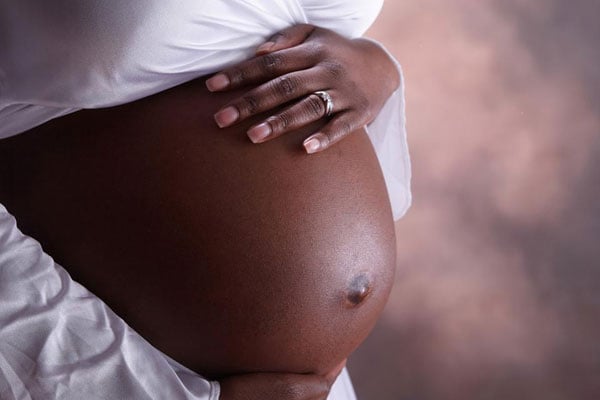Nambatya recognised for promoting herbal medicine

Dr Grace Nambatya. PHOTO | COURTESY
What you need to know:
- For about 20 years, Dr Nambatya has taught communities about the importance of traditional and indigenous medicine. She was also the main brain behind the Indigenous and Complementary Medicine Bill of 2015, which was recently accented to by President Museveni.
Dr Grace Nambatya, the director of research at the Natural Chemotherapeutics Research Laboratory based in Kampala, has won the first prize in the 2021 National Cultural Heritage Awards for her relentless efforts to change perceptions on the use of herbal medicine.
For about 20 years, Dr Nambatya has taught communities about the importance of traditional and indigenous medicine. She was also the main brain behind the Indigenous and Complementary Medicine Bill of 2015, which was recently accented to by President Museveni.
The reluctance by most Ugandans to use herbal medicine in favour of Western medicine was due to a colonial residual mentality. The negative perception about herbal medicine in the past would have been the same.
Many Ugandans, especially those infected with chronic illnesses, are turning to herbal medicine and supplements for relief due to Dr Nambatya’s contribution.
Dr Nambatya received the first prize in the Intangible Cultural Heritage category during the fourth National Cultural Heritage Awards ceremony held at the Uganda National Museum in Kampala on May 24.
The other winners in the Intangible Cultural Heritage category were Mr Haruna Walusimbi Nsibambi and Mr Walabyeki Magoba.
Mr Nsibambi was recognised for using his knowledge and skills to promote traditional performing arts under his Nile Beats Artists, a dance group in Jinja District, that trains young people and teenagers in folk songs and dances.
Mr Magoba was recognised for authoring up to 86 books some of which document traditional values of the Kiganda culture and are used to teach children about their traditional values, beliefs, customs as well as history.
For about 20 years, He has been the brain behind the Ekyooto radio programme on CBS radio through which traditional values and customs such as traditional stories and proverbs are transmitted to young people.
The first prize in the Tangible Cultural Heritage category went to deceased former Church of Uganda Archbishop Livingstone Mpalanyi Nkoyoyo (post humus) for establishing the Uganda Martyrs Museum at Namugongo.
The museum is the site where Christian convents (13 Anglicans and 12 Catholics) were martyred on the June 3, 1886 on orders of King (Kabaka) Mwanga.
Other winners
The other awardees in the Tangible Cultural Heritage category were the Nyakasura School administration and Muntu clan in Arua District.
The administration of Nyakasura School in Kabarole District was recognised for fundraising for the renovation of the institution based in its original architecture. The school was started in 1926.
The Muntu clan was recognised for preserving the Saka tree, which is located near Ediofe Cathedral in Arua City.
It is under the shade of the Saka tree that the people of the Muntu clan sit to resolve their issues.
The annual awards organised by the Cross-Cultural Foundation of Uganda (CCFU) aim at recognising the outstanding contribution towards promoting the cultural heritage.
More than 60 entries were received for this year’s list, which was assessed by a panel of experts. Each winner went home with an award and a cash prize of Shs2.5million. The awards ceremony was part of the events to commemorate World Culture Day in Uganda.




